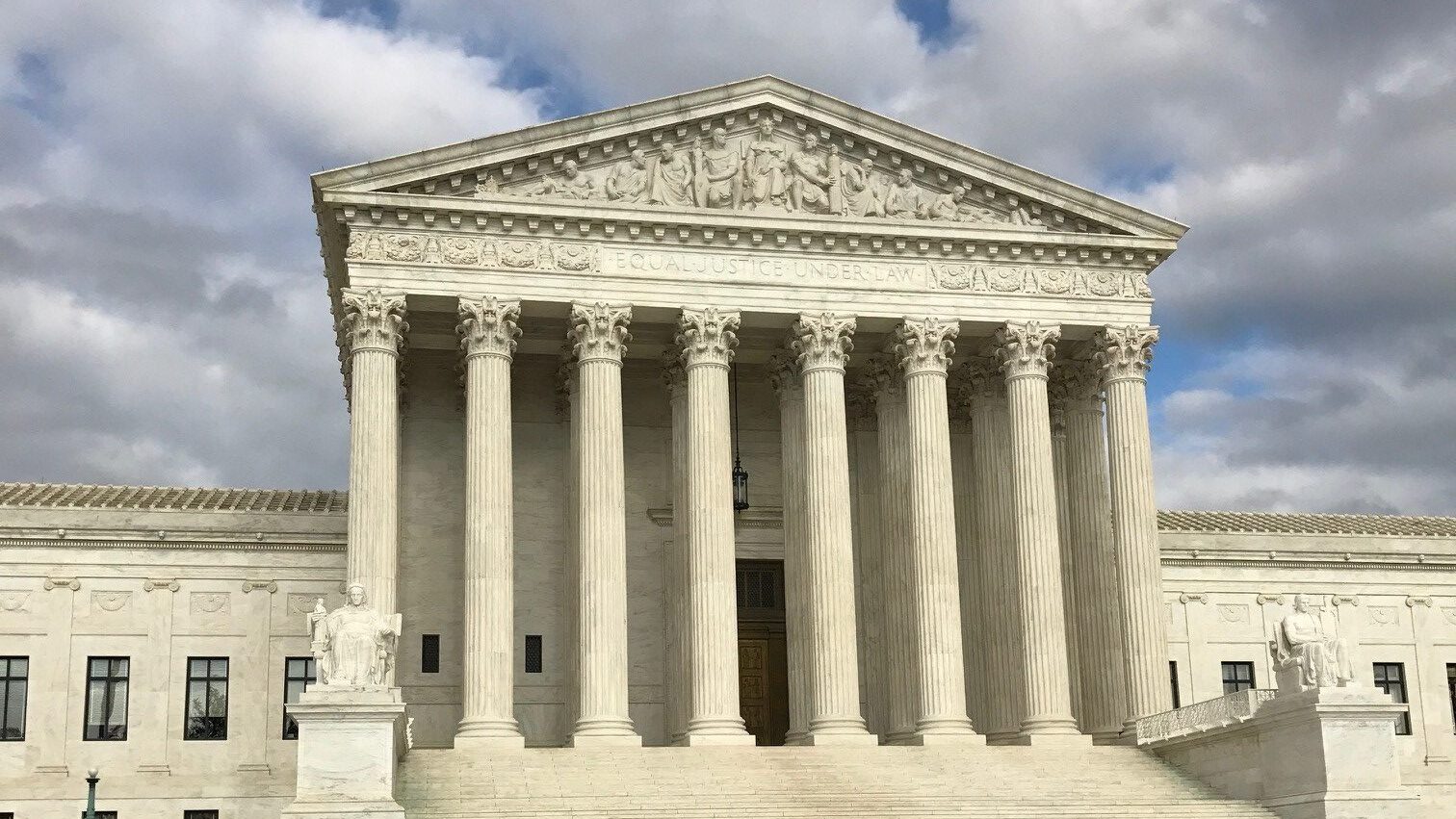While all eyes are on the General Assembly for the developments for this year, we’re still dealing with a law passed several years ago raising the minimum wage.
Effective June 1, 2023, the minimum wage is now at $15 per hour.
Public Act 19-4 requires the minimum wage to increase five times over a five-year









